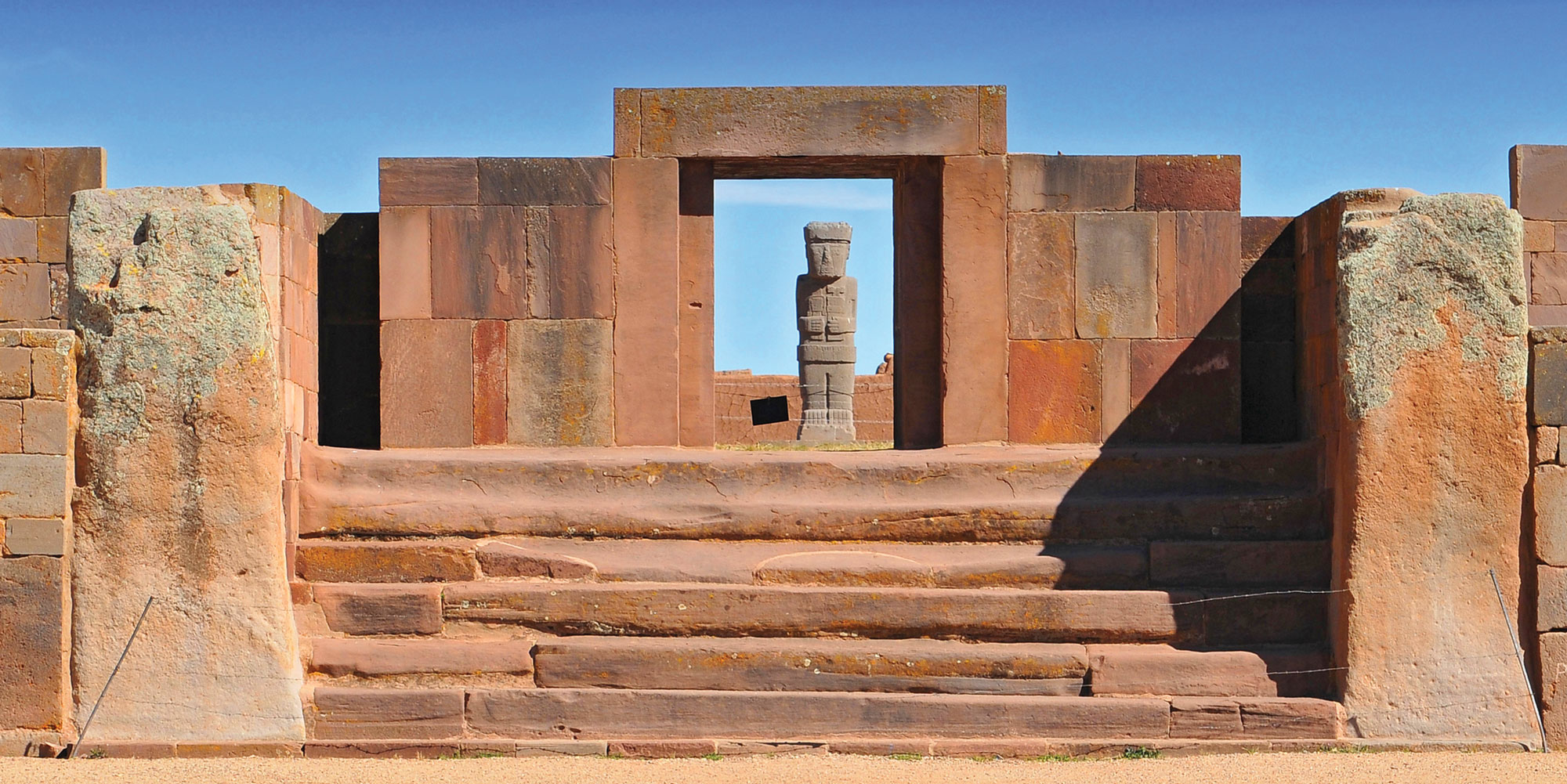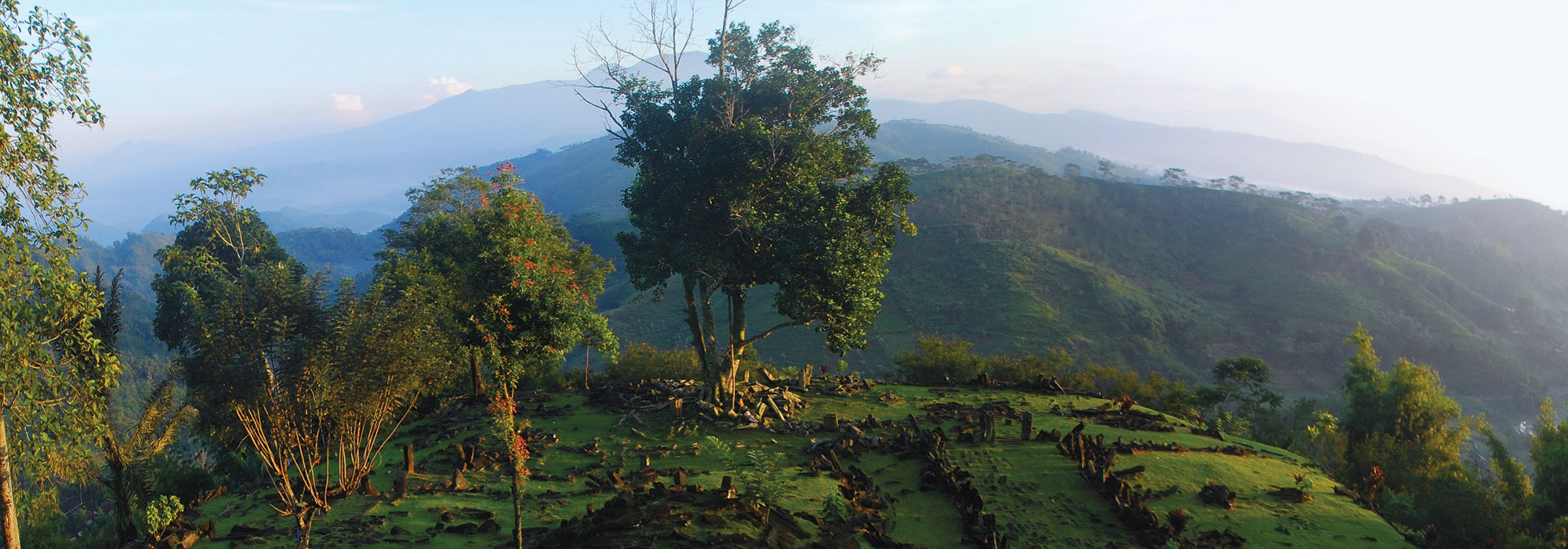ST. PAUL, MINNESOTA—Evidence of infectious disease has been detected on the remains of two young children unearthed in a sixteenth-century cemetery in northwestern Peru, according to a Live Science report. The children, who were about 18 months old at the time of death, were buried at Huanchaco, near a church built by Spanish colonizers between 1535 and 1540. About 75 percent of the 120 early colonial–era burials in the cemetery contained the remains of children, most of whom were under the age of five at the time of death. The immune systems of such young children are not yet fully developed, making them particularly vulnerable to infectious diseases. Researchers led by Khrystyne Tschinkel of Hamline University determined that the lesions on the children’s shoulders, elbows, wrists, hips, knees, and ankles are consistent with an infection called osteomyelitis variolosa, which is triggered by the smallpox virus. But smallpox, which is thought to have arrived in northwestern Peru with Francisco Pizarro in the late 1530s, does not always leave marks on the bones of the infected, making it difficult to track the spread of the fast-moving disease. “If we start to identify more of these cases, we can start to create a better understanding of how diseases spread and where outbreaks occurred during the early-colonial time period,” Tschinkel said. Read the original scholarly article about this research in International Journal of Paleopathology. To read about ancient child burials in northern Peru, go to "A Society's Sacrifice."
Evidence of Smallpox Infection Dated to Peru’s Early Colonial Period
News June 21, 2024
Recommended Articles
Digs & Discoveries March/April 2025
Iberian Gender Imbalance
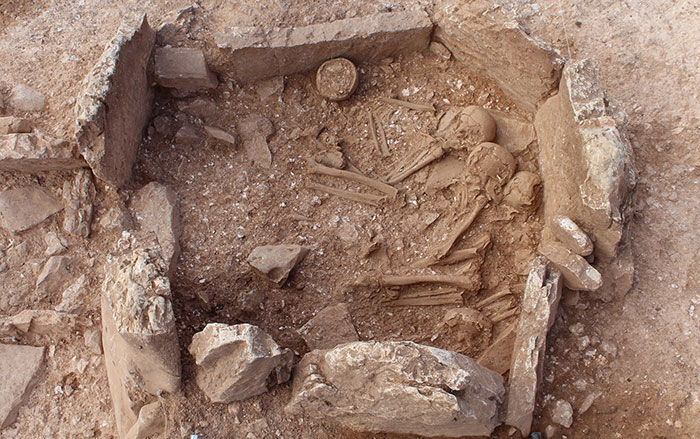
Digs & Discoveries September/October 2024
A Nightcap for the Ages

Artifacts March/April 2024
Mesolithic Baskets
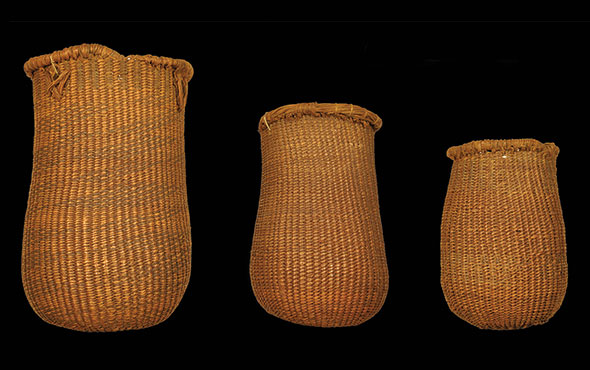
Features March/April 2024
Freedom Fort
In eighteenth-century Spanish Florida, a militia composed of formerly enslaved Africans fought for their liberty

-
Features July/August 2024
The Assyrian Renaissance
Archaeologists return to Nineveh in northern Iraq, one of the ancient world’s grandest imperial capitals
 (Land of Nineveh Archaeological Project)
(Land of Nineveh Archaeological Project) -
Features July/August 2024
A Dynasty Born in Fire
How an upstart Maya king forged a new social order amid chaos
 (Courtesy Proyecto Arqueológico Ucanal)
(Courtesy Proyecto Arqueológico Ucanal) -
Features July/August 2024
Making a Roman Emperor
A newly discovered monumental arch in Serbia reveals a family’s rise to power in the late second century a.d.
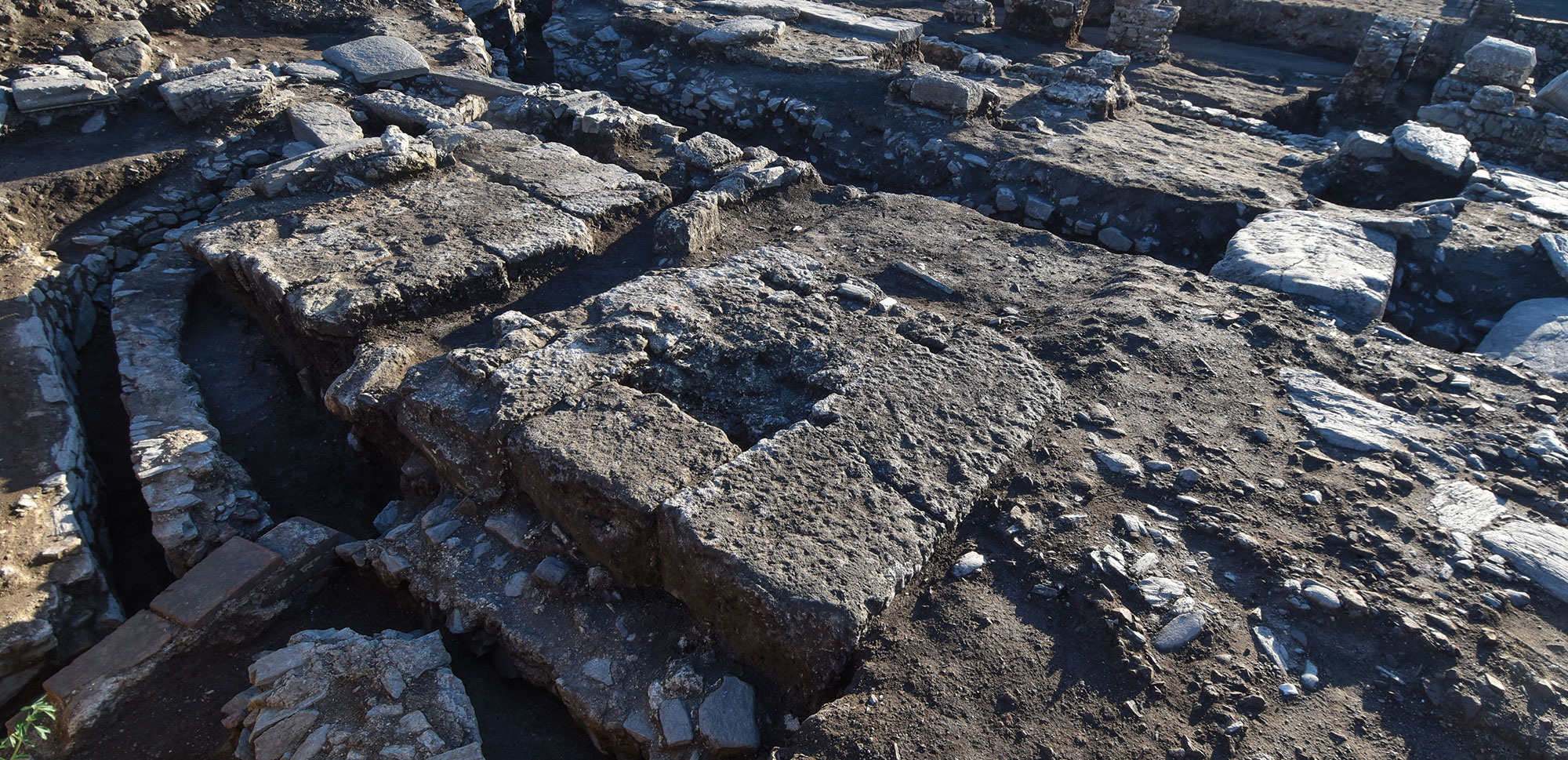 (Serbia’s Institute of Archaeology)
(Serbia’s Institute of Archaeology) -
Features July/August 2024
Rise and Fall of Tiwanaku
New dating techniques are unraveling the mystery of a sacred Andean city
